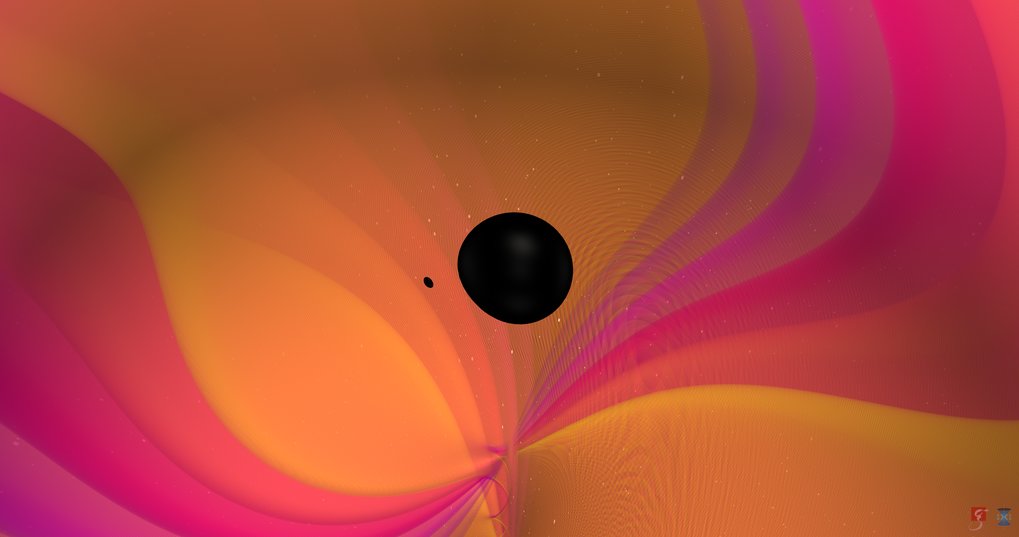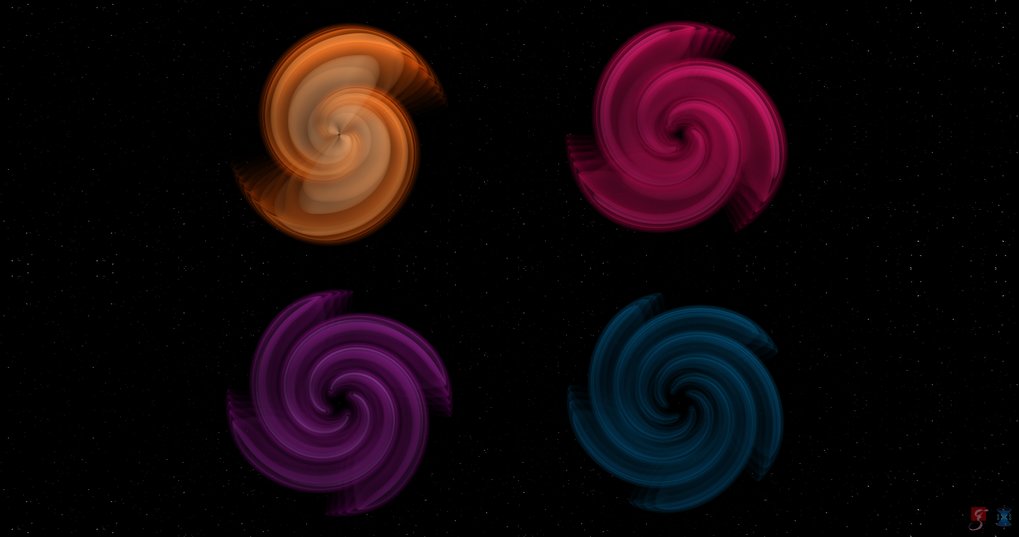LIGO and Virgo find another surprising binary system
The harvest of exceptional gravitational-wave events from LIGO’s and Virgo’s third observing run (O3) grows. A new signal published today comes from the merger of a 23-solar-mass black hole with an object 9 times lighter. The second object is mysterious: its measured mass puts it in the so-called “mass gap” between the heaviest known neutron stars and the lightest known black holes. While the researchers cannot be sure about its true nature, one thing is clear: the observation of this unusual pair challenges the current understanding of how such systems are born and evolve.

“GW190814 is an unexpected and a really exciting discovery,” says Abhirup Ghosh, a post-doctoral researcher in the “Astrophysical and Cosmological Relativity” division at the Max Planck Institute for Gravitational Physics (Albert Einstein Institute; AEI) in Potsdam. “It is unique because of two outstanding features. Never before have we witnessed a gravitational-wave signal from a system in which the individual masses are this different: a black hole 23 times the mass of our Sun merging with an object just 2.6 times the mass of the Sun. But what adds to the mystery is that we are not sure about the nature of the lighter object. If it’s indeed a black hole, it’s the lightest, and if it’s a neutron star it’s the most massive we have ever observed in a binary system of two compact objects.”
Because of the unequal masses, the telltale fingerprints of the neutron star’s tidal deformation that would give away its presence are hard to detect – and were not seen – in GW190814. Therefore, it remains unclear whether the lighter object is a black hole or a neutron star. If it actually is a neutron star, it would be exceptionally massive and would challenge our understanding of how neutron-star matter behaves and how massive these objects can be.
“Because the objects’ masses are so different, we clearly identified the gravitational-wave hum of a higher harmonic, which is similar to overtones of musical instruments,” says Jonathan Gair, group leader in the “Astrophysical and Cosmological Relativity” division at the AEI in Potsdam. “These harmonics – seen in GW190814 only for the second time ever – allow us to more precisely measure some astrophysical properties of the binary system and enable new tests of Einstein’s theory of general relativity.”
GW190814 was observed by both LIGO detectors and the Virgo detector on 14th of August 2019, during the detectors’ third observing run O3 – to the day two years after GW170814, the first signal observed by all three instruments.
“Due to the favourable circumstance of having observed such a loud signal with quite different component masses and for about 10 seconds, we achieved the most precise gravitational-wave measurement of a black hole spin to date,” explains Alessandra Buonanno, director of the “Astrophysical and Cosmological Relativity” division at the AEI in Potsdam. “This is important, because the spin of a black hole carries information about its birth and evolution. We find that this 23-solar-mass black hole spins rather slowly: less than 7% of the maximum spin allowed by general relativity.”
“Knowing in which environment this unusual binary system was born and how it evolved is really hard. It’s unlike most of the systems we know from simulations of the binary merger population,” says Frank Ohme, leader of an independent Max Planck Research Group at AEI Hannover. “GW190814 and similar future signals could help us to better understand this unexpected new kind of binary system and the processes which give birth to massive neutron stars or light-weight black holes,” he adds.
The astronomers’ best guess is that the system formed either in young, dense star clusters or the surroundings of active galactic nuclei. Based on their estimates of how many such systems exist in the Universe and how often they merge, they expect to observe more such systems in future LIGO/Virgo observing runs.

The unequal masses imprint themselves on the emitted gravitational-wave signal, which in turn allows scientists to more precisely determine some of its astrophysical properties, such as the distance to the system.
Detailed analyses of the LIGO and Virgo data show that the merger happened at a distance of about 780 million light-years from Earth. Its sky position could be determined to an area equivalent to approximately 90 full moons towards the southern-sky constellation “Sculptor”.
AEI researchers contributed to detecting and analyzing GW190814. They have provided accurate models of the gravitational waves from coalescing black holes that included, for the first time, the precession of the black-holes’ spins, multipole moments beyond the dominant quadrupole, as well as tidal effects introduced by the potential neutron-star companion. Those features imprinted in the waveform are crucial to extract unique information about the source’s properties and carry out tests of general relativity. The high-performance computer clusters “Minerva” and “Hypatia” at AEI Potsdam were employed to develop the waveform models used for the analyses.
With the distance and the sky position precisely determined, LIGO and Virgo scientists also used GW190814 (and their earlier observation of a binary neutron star merger) to obtain a new gravitational-wave measurement of the Hubble constant, the rate at which the Universe expands. The result improves on previous such gravitational wave determinations; it is less precise than but in agreement with other Hubble constant measurements.
LIGO and Virgo scientists also used GW190814 to look for deviations of the signal from predictions of Einstein’s general theory of relativity. Even this unusual signal that represents a new type of binary merger follows the theory’s predictions.
This discovery is the third reported from the third observing run (O3) of the international gravitational-wave detector network. Scientists at the three large detectors have made several technological upgrades to the instruments.
“In O3 we used squeezed light to enhance the sensitivity of LIGO and Virgo by 40%. We pioneered this technique of carefully tuning the quantum-mechanical properties of the laser light at the German-British detector GEO600,” explains Karsten Danzmann, director at the AEI Hannover and director of the Institute for Gravitational Physics at Leibniz University Hannover. “The AEI is leading the world-wide efforts to maximize the degree of squeezing and our advances in this technology will benefit all future gravitational-wave detectors.”
The LIGO and Virgo researchers have issued alerts for 56 possible gravitational-wave events (candidates) in O3, which lasted from 1 April 2019 to 27 March 2020. So far, three candidates have been confirmed and made public. LIGO and Virgo scientists are examining all remaining 53 candidates and will publish all those for which detailed follow-up analyses confirm their astrophysical origin.
EM / KNI / HOR







